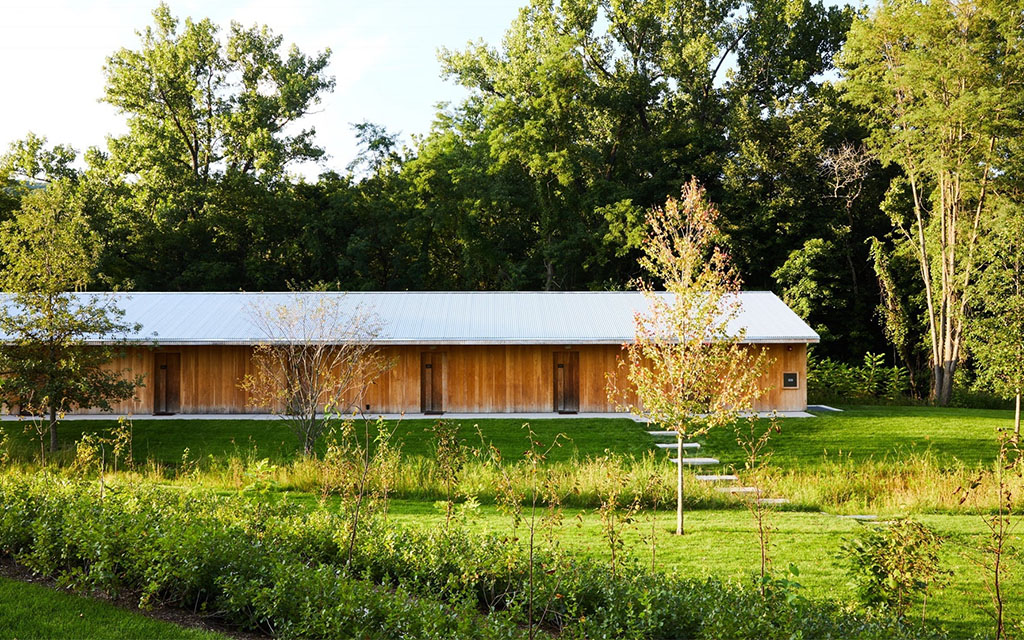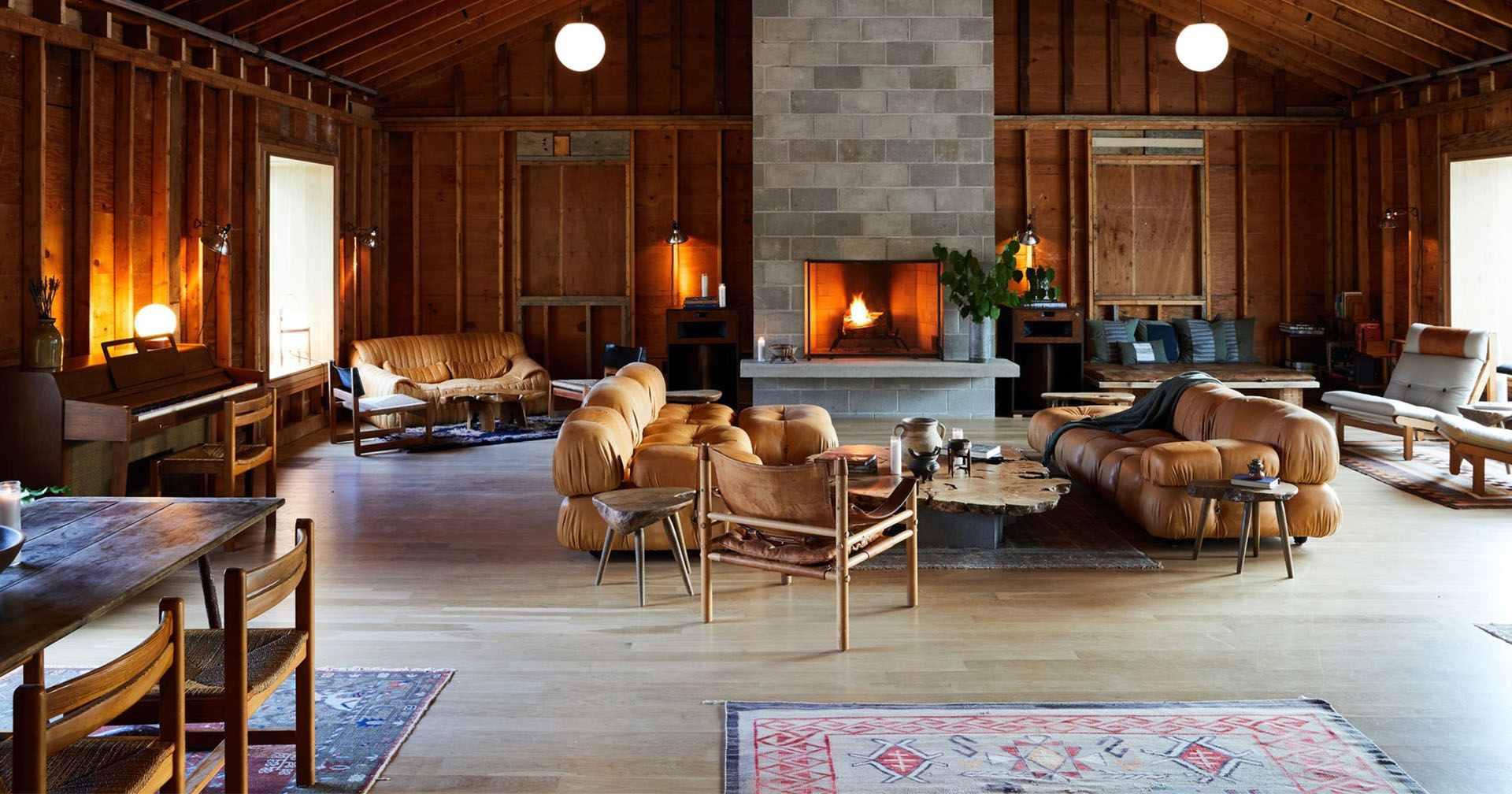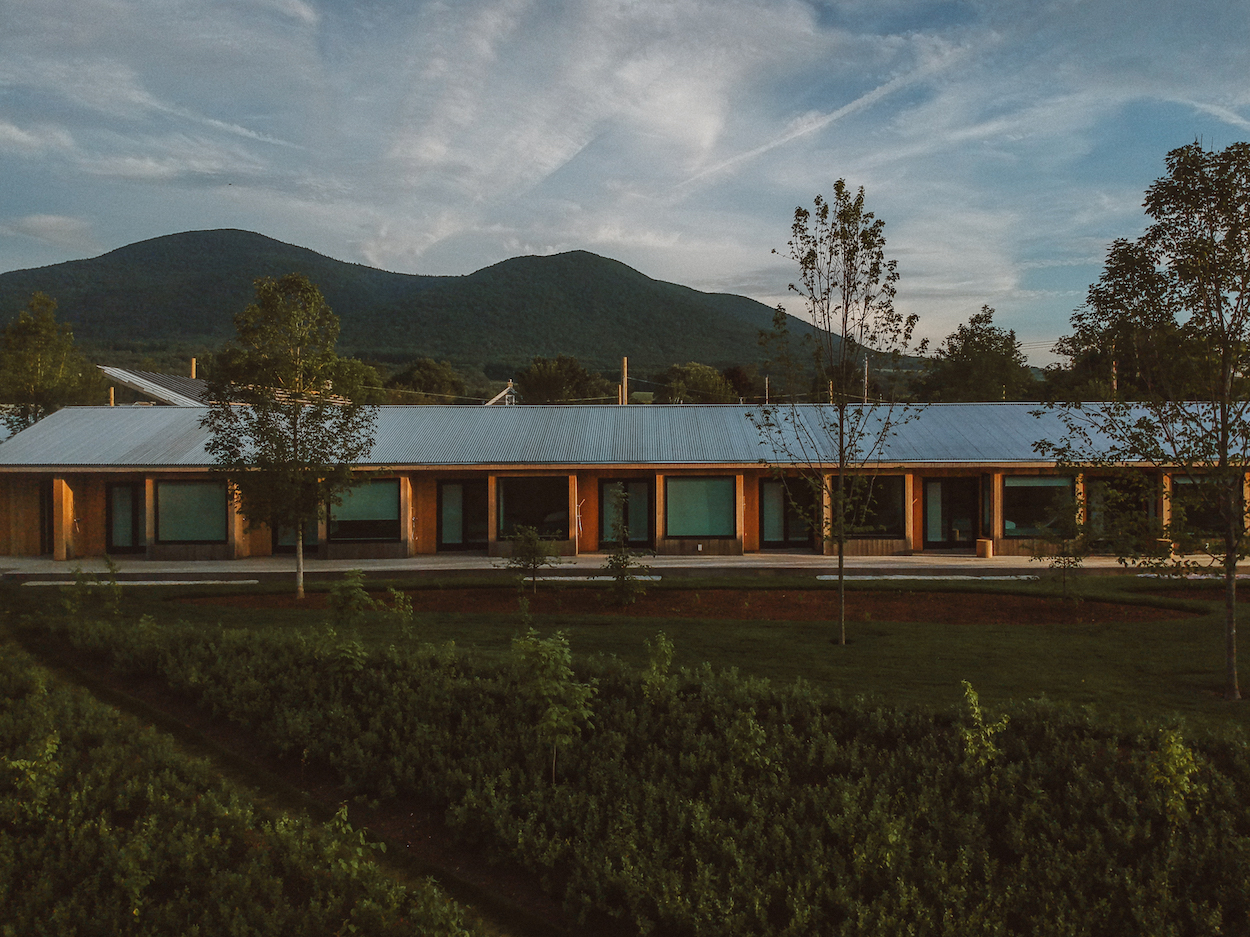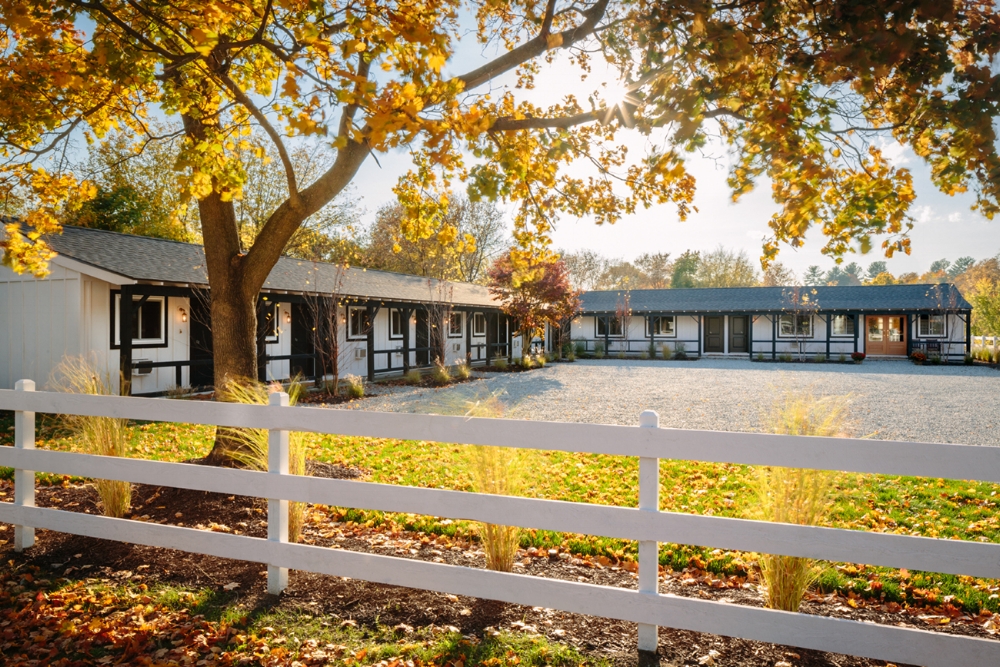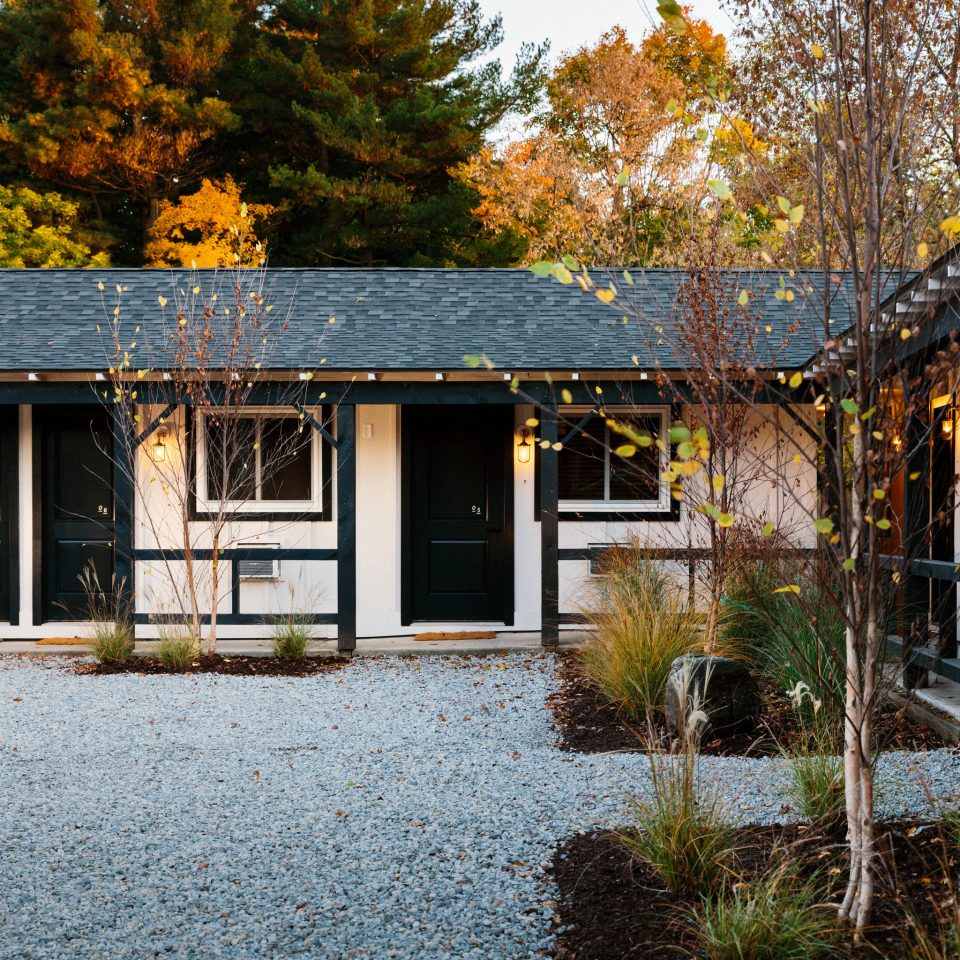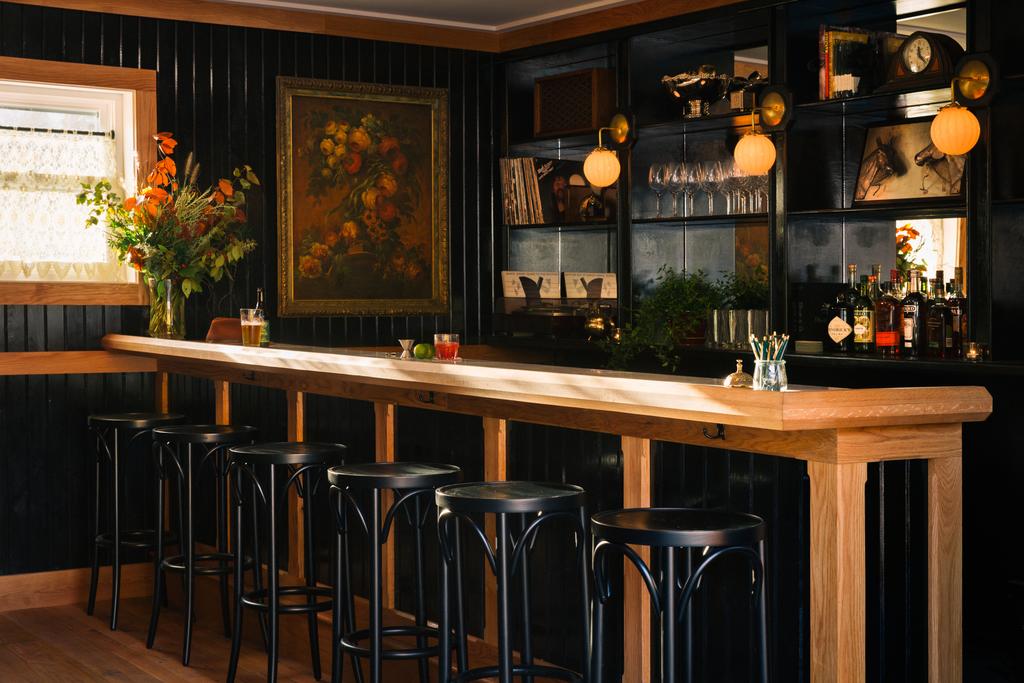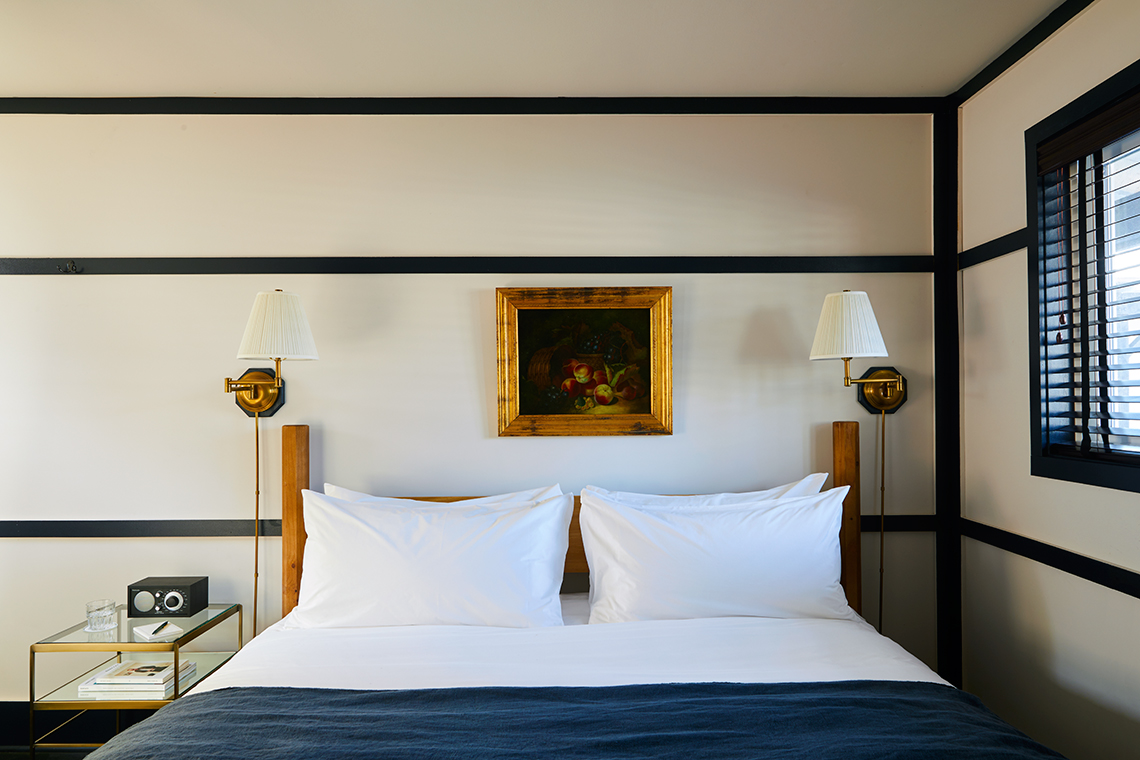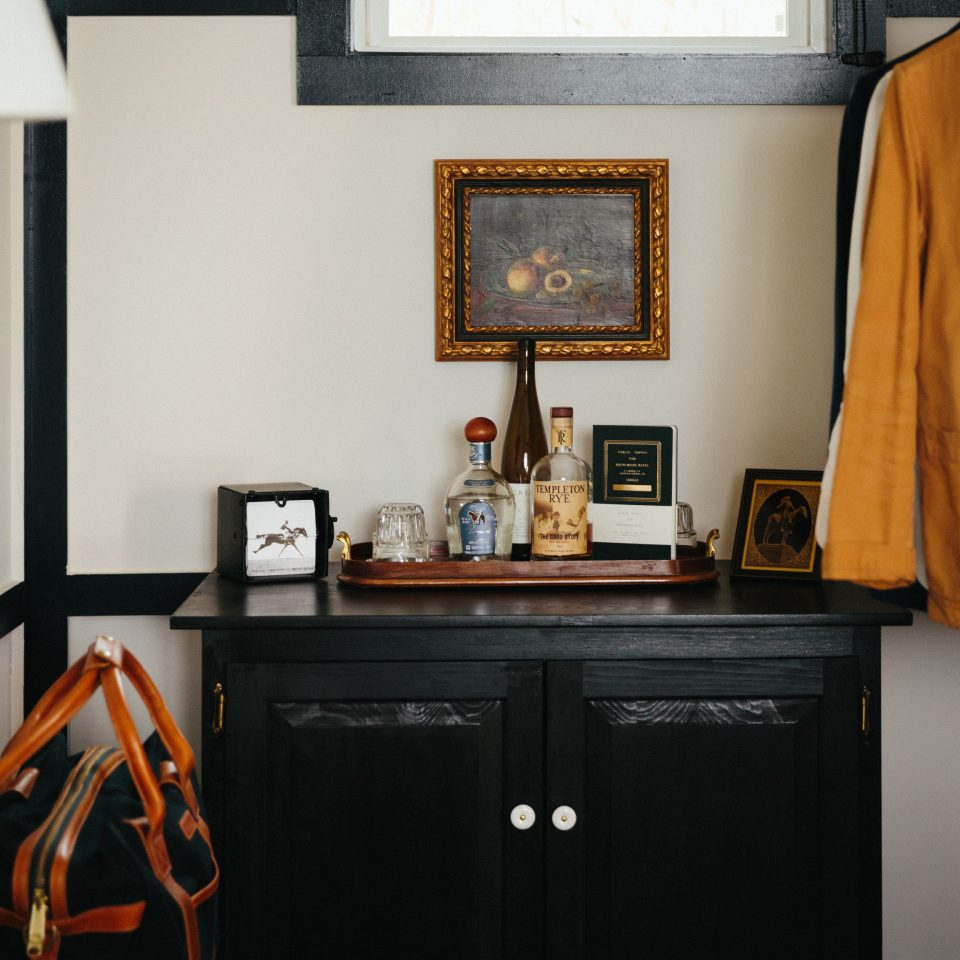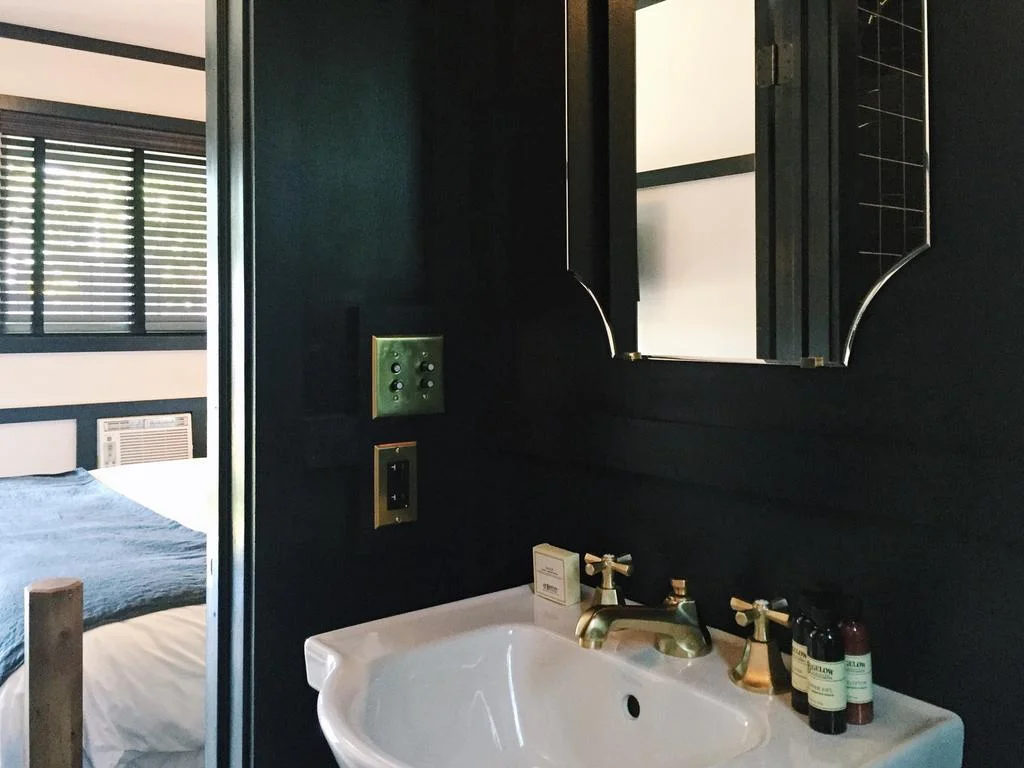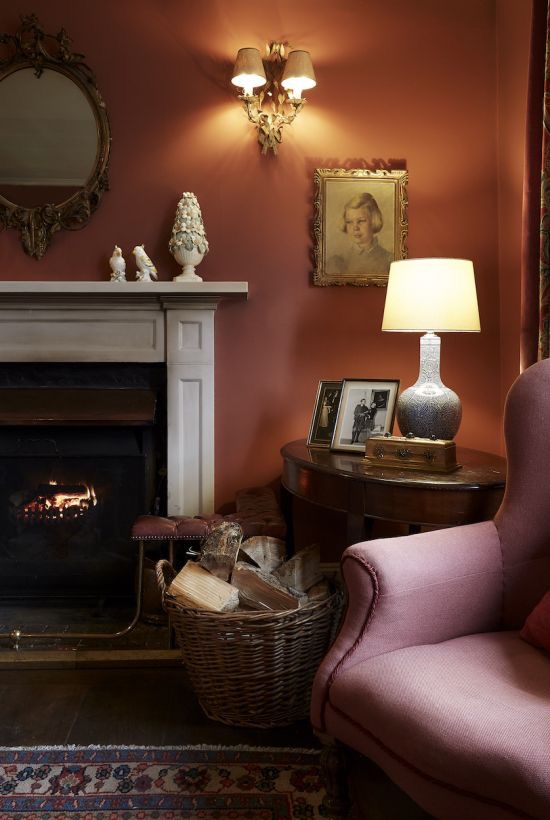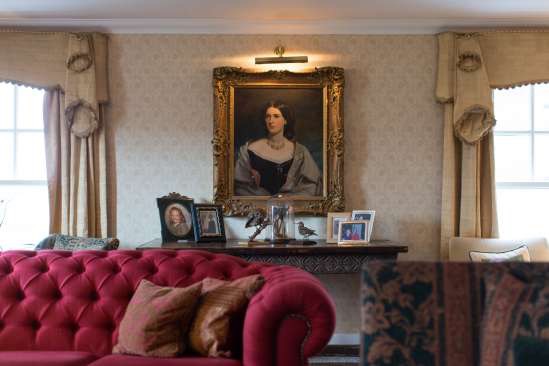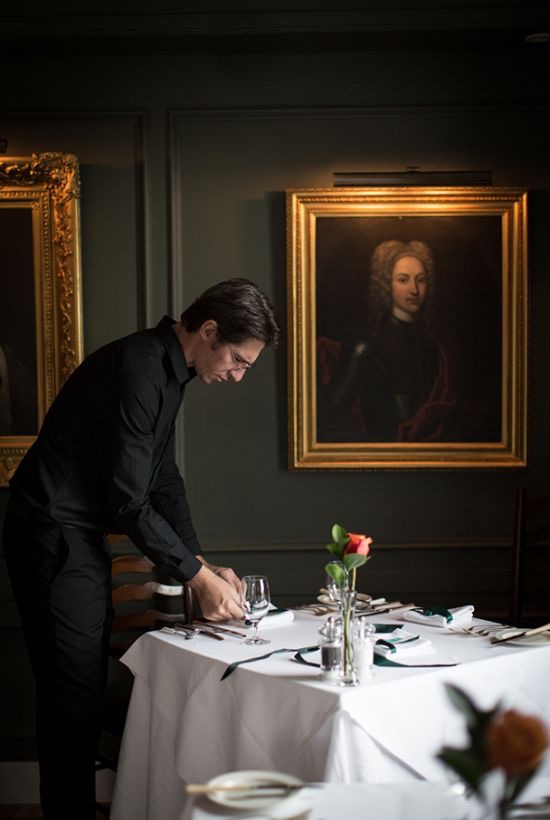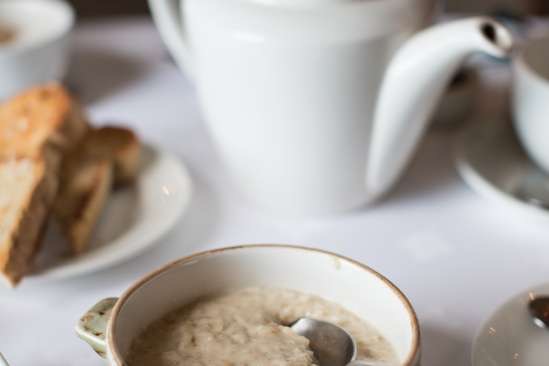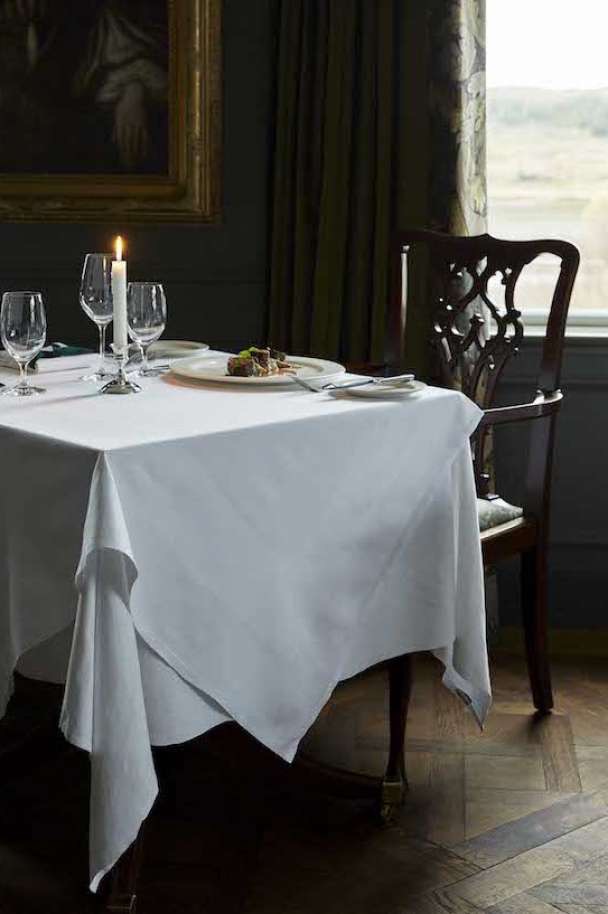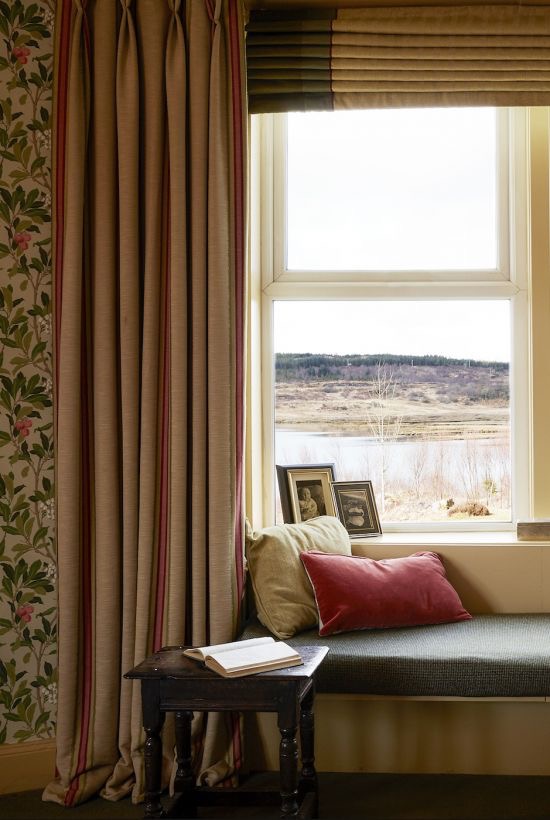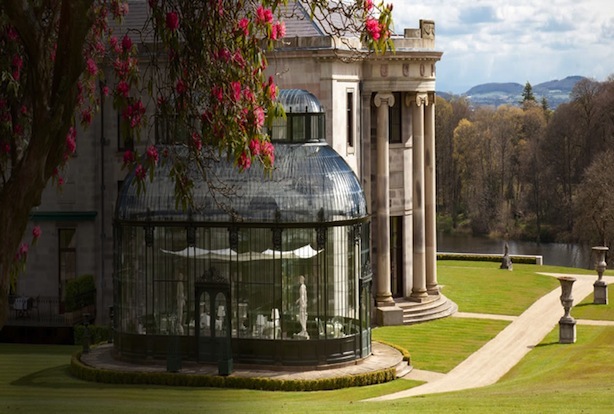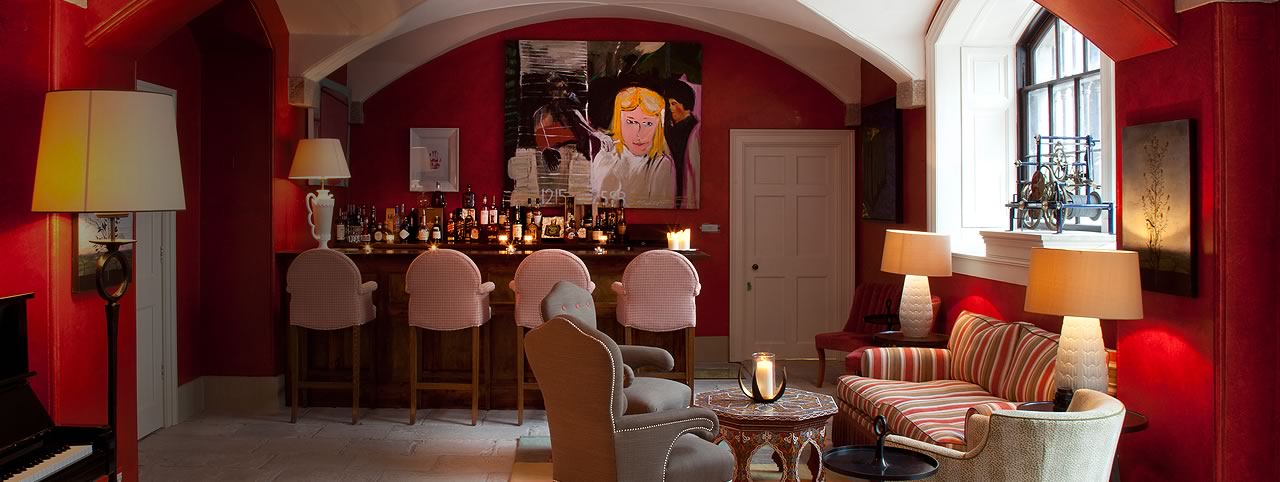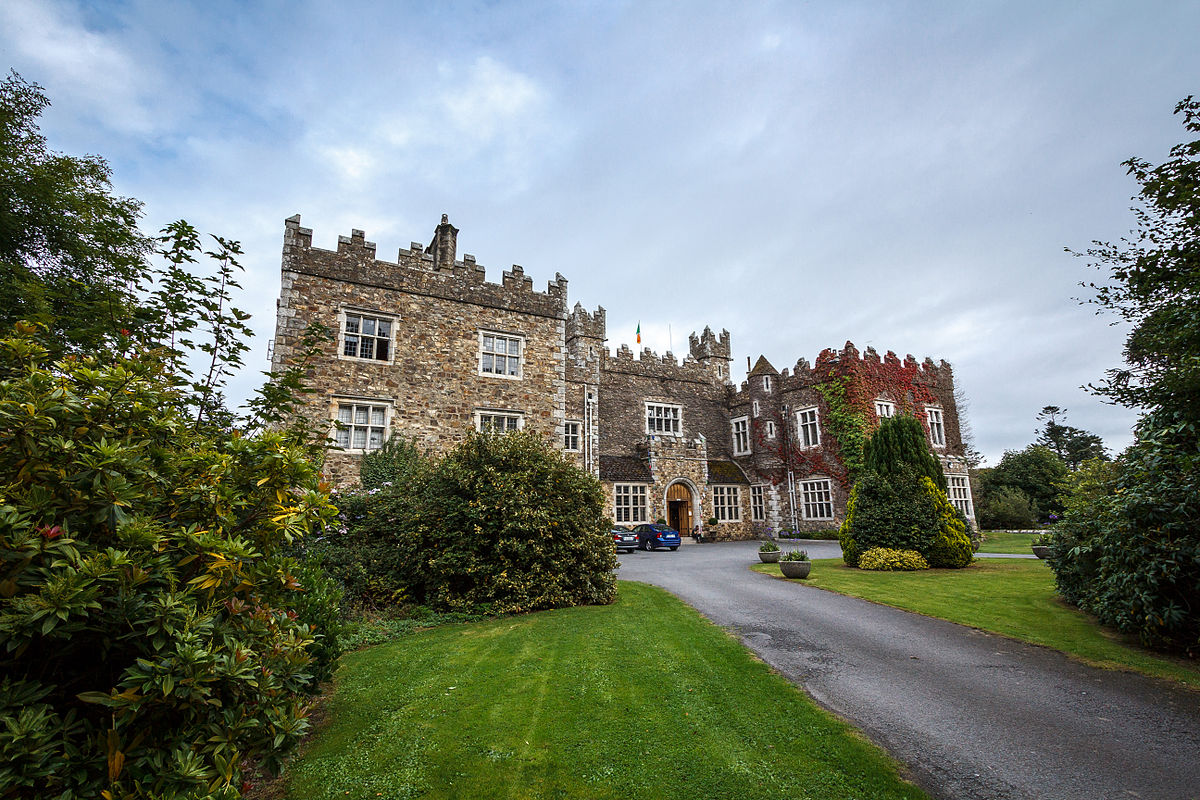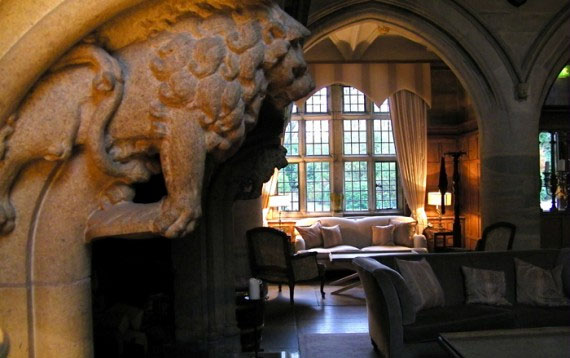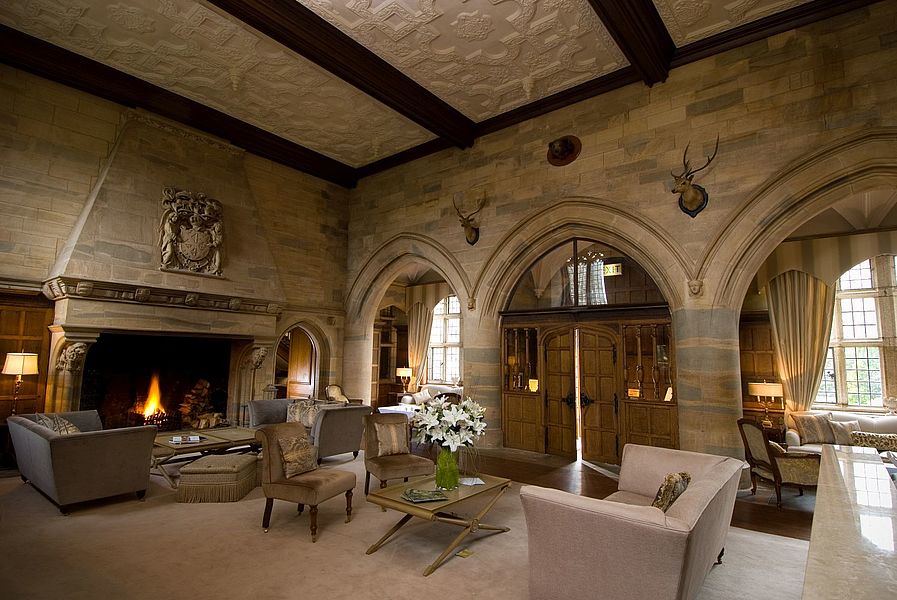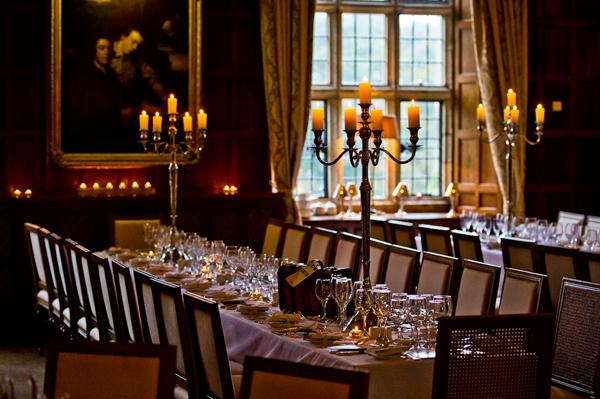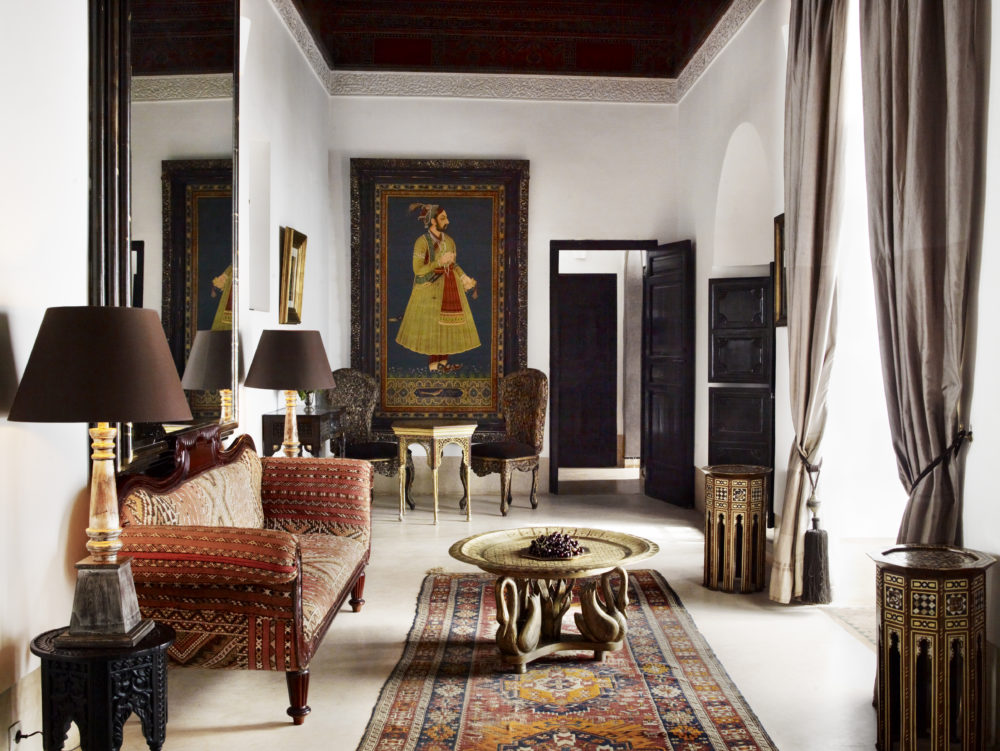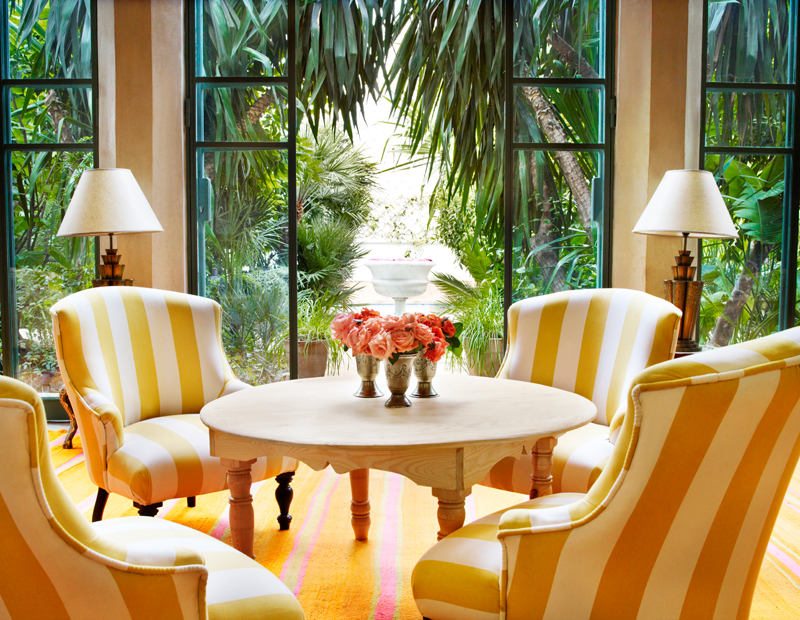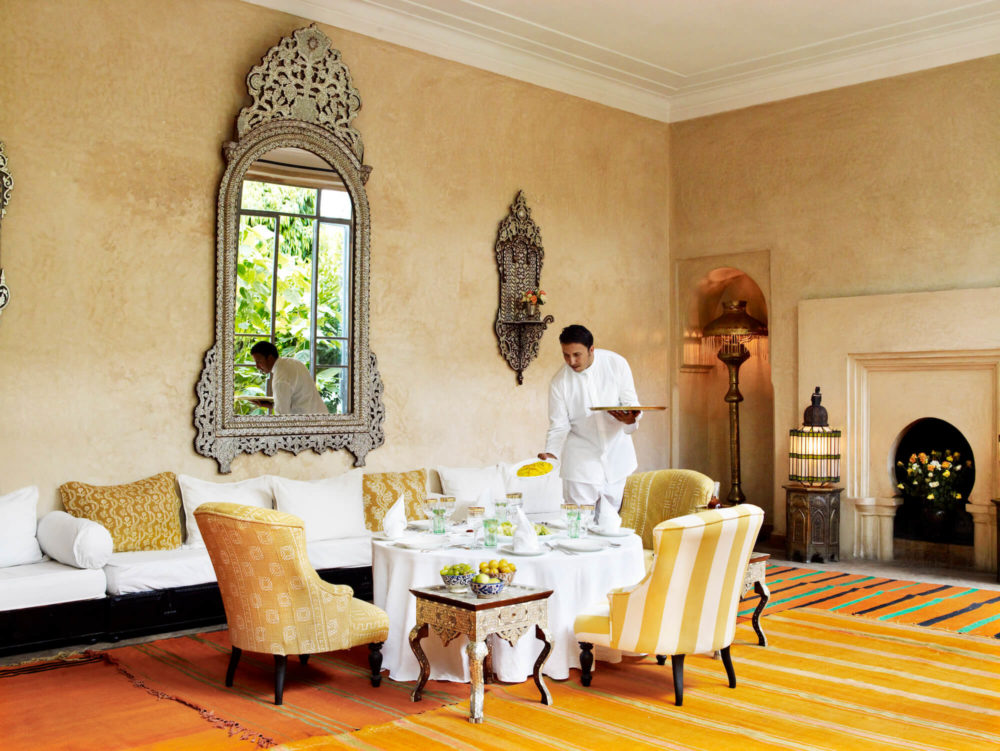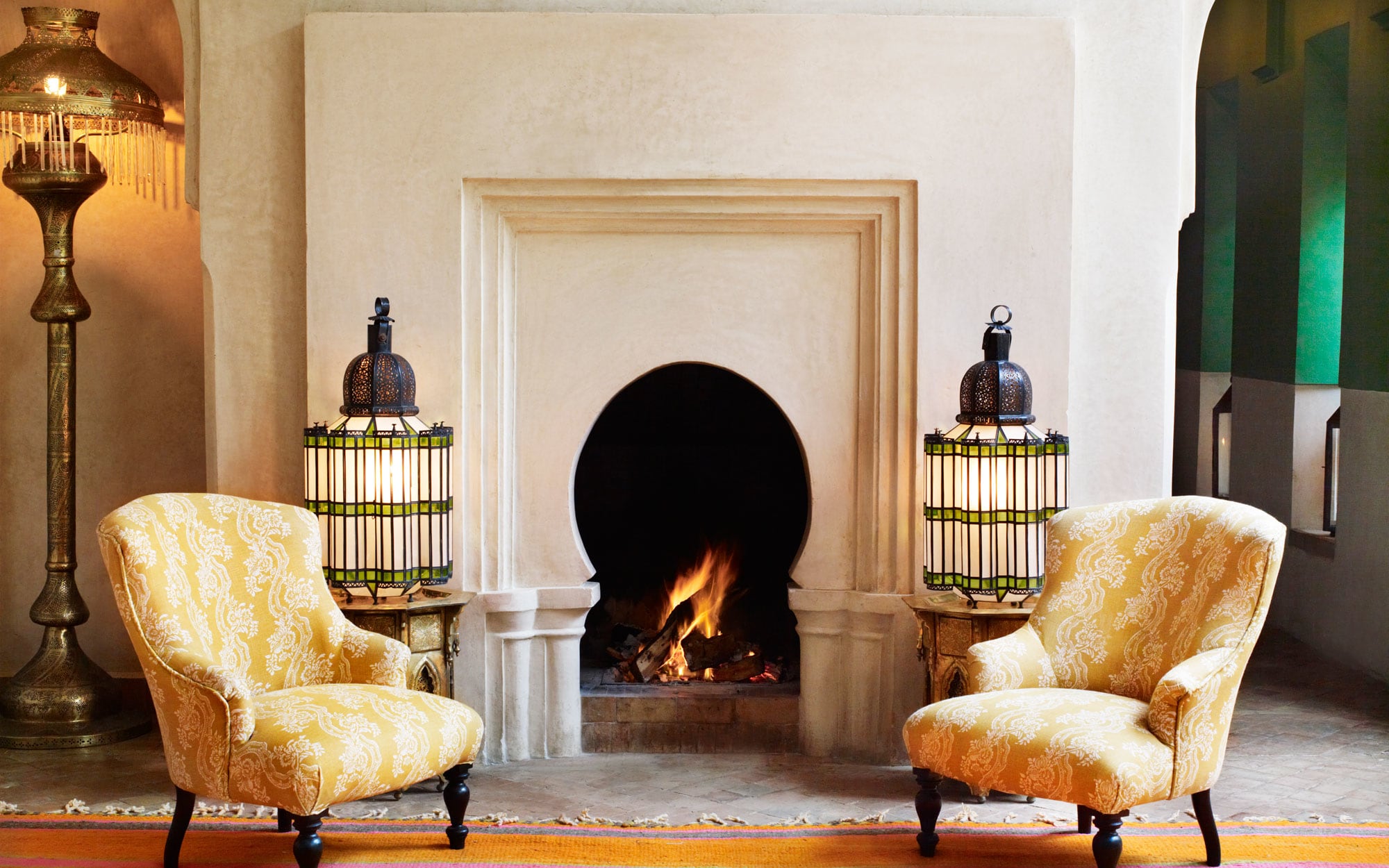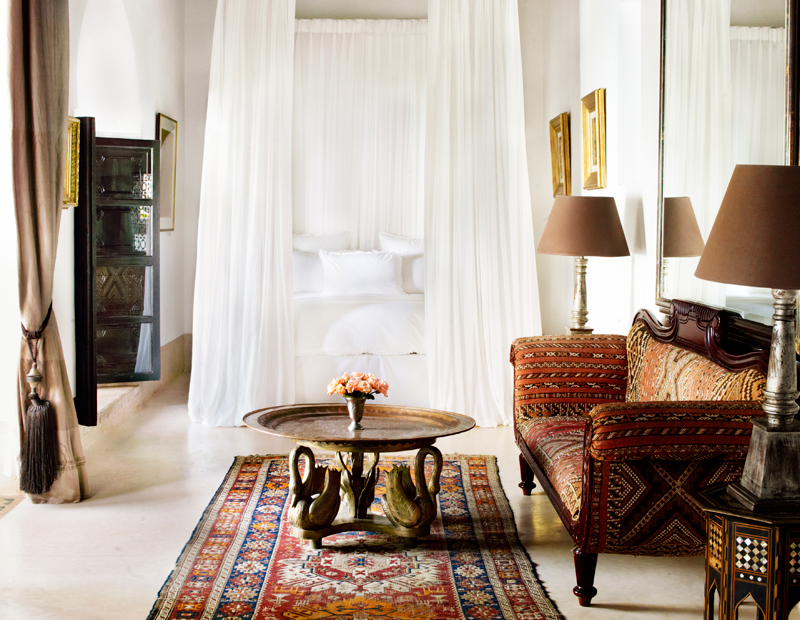It’s not really our brand at Blue Hill Properties, where we’re focused on a more luxurious experience, but one of our favorite trends in hospitality is what we’ll call the new motel—high in style, conveniently located, typically approachably priced, and with true individuality.
Today, we’ll highlight just two near us in the northeast. The first is Tourists, located in the Berkshires just off the Mohawk Trail so it’s perfect for anyone seeking a great hike and a stylish place to sleep. On the banks of the Hoosic River, Tourists is the brainchild of Wilco bassist John Stirratt and friends, and is a kind of hip summer camp for adults. With a saltwater pool, a suspension bridge, and a Civil War-era mill, the grounds invite exploration, but it’s also great for a visit to Mass MoCA and other Berkshires destinations.
Our second featured property today is the Brentwood in Saratoga Springs. Located trackside by the legendary racecourse, the Brentwood is a remastered motel with terrific style, combining Billykirk leathers, Sharktooth textiles, period works of art, and lots of brass highlights. It’s a darker, moodier look than Tourists, but to our minds has a Madmen vibe that is perfect for the era of the original buildings. Paint colors are dark greens and blues, and the bar is impeccable. Off-season prices are insanely affordable—as I write I’m seeing a nightly rate UNDER $100. So it’s an easy discovery.
Of course, a visit to a Blue Hill Properties destination is always in order, so check out The Jackson House Inn—and book your romantic getaway now. (Yes, Yankee magazine named us Best Couples Retreat.)

